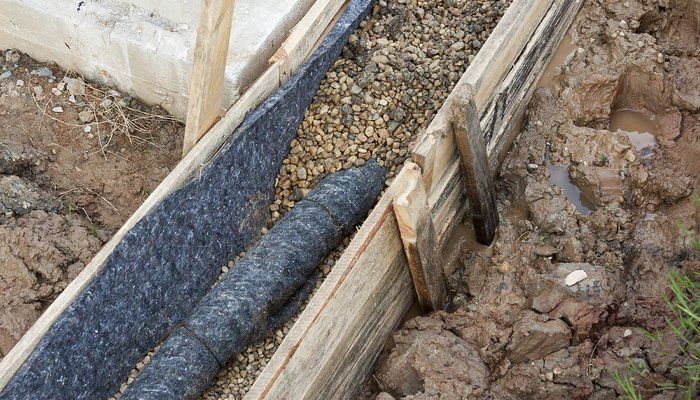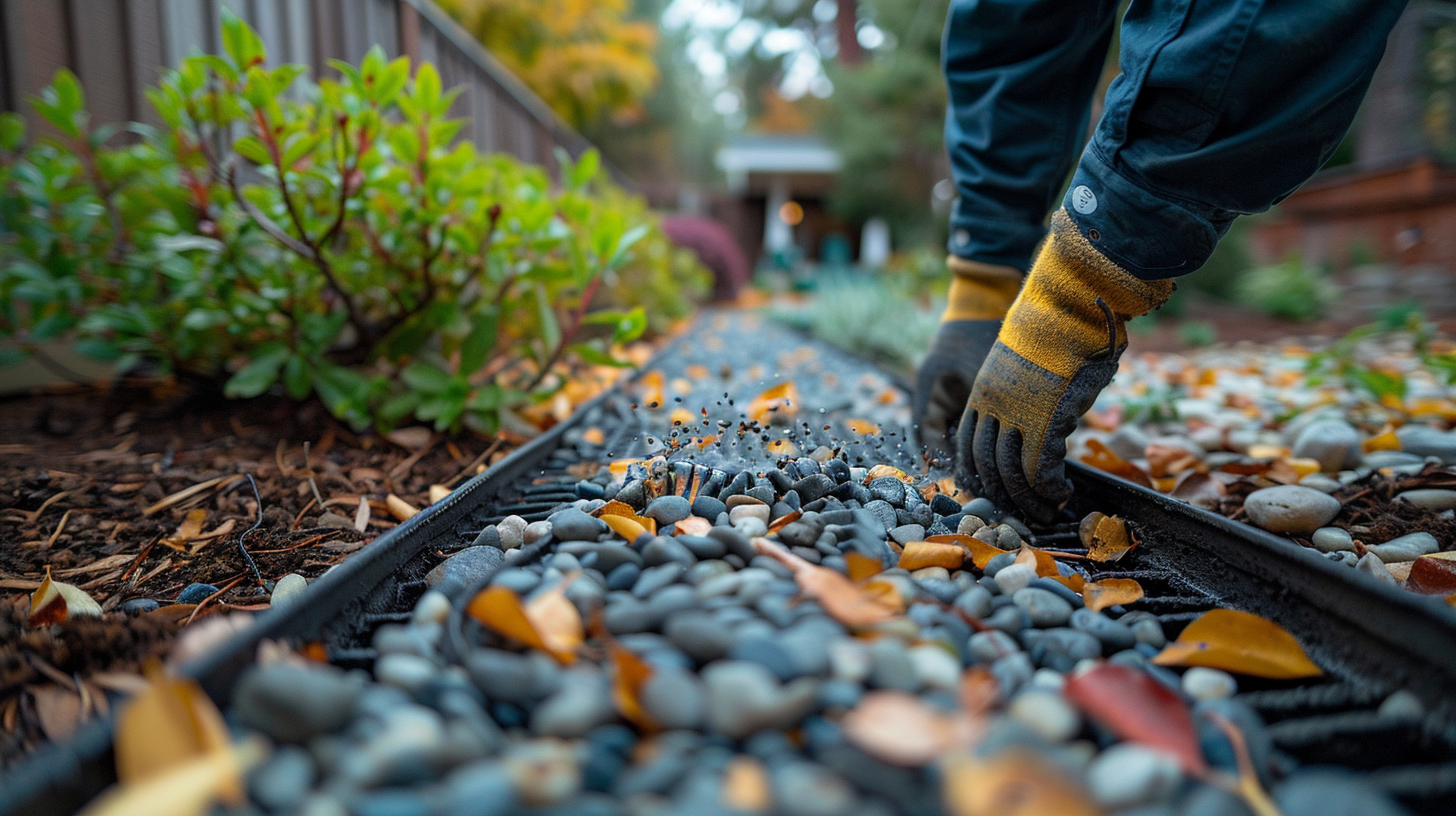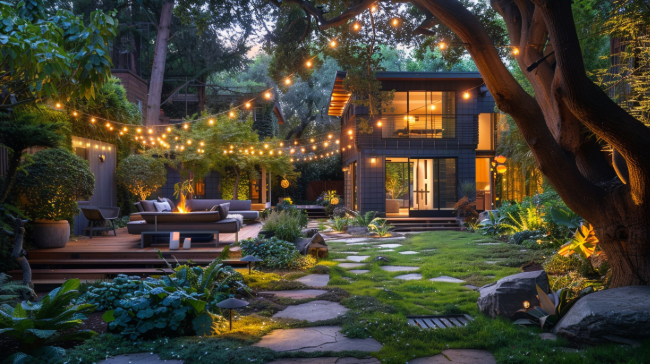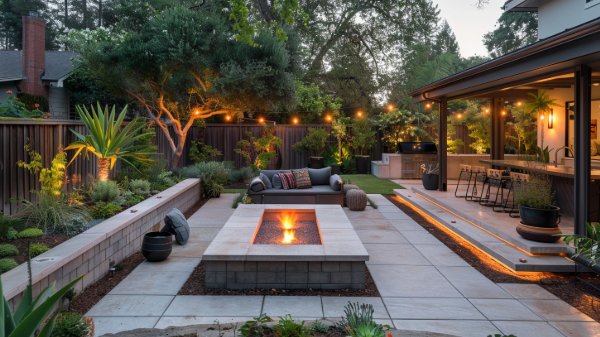Understanding the Proper Applications for a French Drain

A French Drain Eliminates Pooling Water Issues on a Property
Anyone who owns property understands that there are myriad elements that can prove costly when it comes to maintenance and upkeep. Water is an element that can be particularly harmful to a building or structure, causing moisture that can lead to issues from insulation to plumbing to electrical work. When water is allowed to pool and collect, it creates a scenario that is conducive to potential problems.
What, then, are methods by which to control the water levels on your property? Though a good landscaping contractor may be able to speak fluidly about the virtues of French drains, many who are not in the profession are as yet unaware of the potential benefits of this type of drainage system. French drains are ideal for keeping water away from the spaces that you want to keep dry, like a basement or even a patch of lawn.
When it comes to landscape design, it's always beneficial to consider how form and function meet. The French drain is a perfect example of how something that is visually appealing can also have a mighty effect to the benefit of the property.
What Are the Benefits of the French Drain?
This type of drainage system is beneficial because it deals with water at the ground level. Unlike gutters, which collect precipitation as it comes down off of the roof, the French drain accounts for that water once it hits the ground. In the wrong scenario, that water could potentially pool, as in a particularly low spot on your property. Rerouting the flow of that water, then, can alleviate that problem. The French drain also provides an ideal solution for a wet basement or crawlspace.
What Is a French Drain?
A French drain is a trench that has been filled with gravel or rock and contains a perforated pipe that redirects both surface water and groundwater to a different location. Its main purpose is to divert water that is pooling against or leaking into a property away from a structure or building so that it can be safely drained away.
Generally, when a French drainage system is employed in a basement or crawlspace, a channel is cut around the perimeter of the floor and the concrete is chipped away. The perforated pipe is then installed all around and the water is then directed to a collection tank that has been sunk into the floor. The sump pump then sends it out into the yard or into the storm drain.
How Do You Install a French Drainage System?
Even though it gets boiled down to the simple concept of having water travel through perforated spaces, this belies the potential complexities of installation. It involves the digging of the 'French' trench, and the professionals will tell you that it's appropriate to slope one inch for every eight feet during construction.
Because there is a direct relationship between the diameter of a drain pipe and its relative effectiveness, trenches are generally created to be at least 12 inches wide. The sought-after depth is generally between 18 and 24 inches. When the drainage system is installed around a foundation, it should be positioned below the slab or finished floor level.
Should You Install a French Drain?
A landscaping contractor will tell you that a French drain works via the concept of space and particularly how water travels when it is guided through open space. Indeed, the perforations in the pipe, just like the space that separates rock and gravel, is precisely what allows the water to flow. Then it becomes a question of where to have it flow to. For more information on how a French drainage system might be beneficial to your property, contact us at Canepa Landscaping today.




